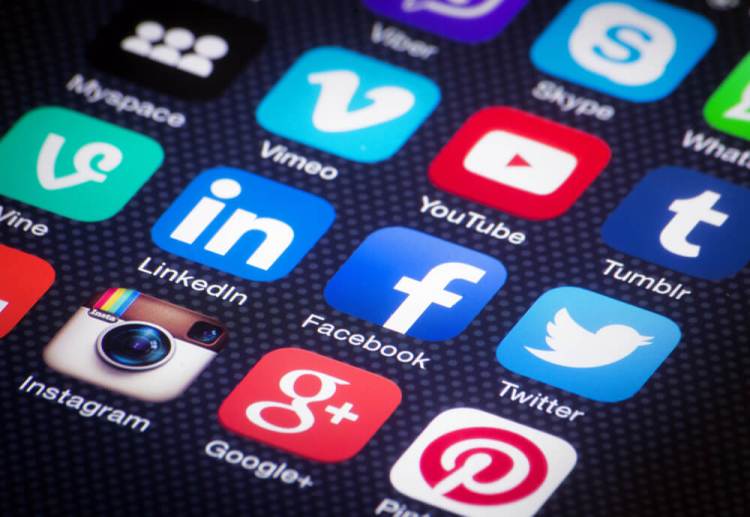Everyone is on social media. And we mean everyone. According to Pew Research, in 2015 an astounding 65 percent of all Americans were using social media. That’s more than 200 million people in the USA alone, and is approximately the same amount as the number of people in America who own pets. (And you wondered why the Internet is full of cat pictures.) Worldwide, the total on social media already exceeds 2 billion people. That’s twice as many people worldwide as the number who own a car. If you have a brand, particularly one that connects with consumers, you can’t afford to ignore your customers on social media.
The amount of social media content to sift through is getting bigger and bigger. Every minute of every day, users submit more than 347,000 updates to Twitter. On Facebook, users “like” posts more than 4 million times every minute. That sounds overwhelming enough in the aggregate, but anyone who manages social media for a brand of any size knows the situation is even worse. That is, even a moderately successful brand on social media might have to field hundreds of mentions on a slow day. On a big day, thousands or tens of thousands of mentions can arrive.
Social media workloads have passed the breaking point
So, hire more and bigger social teams, right? Nope. Across all industries, some 60 percent of brands — even the biggest ones — are managing social media with teams of three or fewer. Social teams are overworked, overwhelmed, and spending frustrating amounts of time watching for events and fighting fires when they want to be creating exciting content and shaping online strategy.
Usually, when a task is overwhelming, we turn to automation. But previous attempts at social media automation have had decidedly mixed results. Again and again, when you permit machines to talk to people, the machines get the short end of the stick and the brand ends up with egg on its face.
This is why brands are turning to artificial intelligence, but strictly for the purpose of finding and prioritizing the most important interactions so that social media managers can spend their limited time effectively.
This plays better to the relative strengths of AI versus humans in three ways:
- Language understanding still needs humans. AI cannot compose or even really understand natural language. And it certainly can’t understand culture, nuance, sarcasm, or humor. Only a person can do that.
- Big Data can produce surprising results. On the flip side, an AI has access to information that people can’t easily get their hands on, such as what tools were used to send a tweet, does it contain dangerous links, is the sender a real person, and much more.
- Performance advantages of AI. An AI may not assess everything perfectly, but what it can do, it does at high speed, enabling it to take a lot of burden off the human team members.
AI is like spam filtering for social media
An intelligent agent can tell you who to respond to and who to ignore. It can tell you which posts come from real people and which ones come from bots. It can tell you which senders are legitimately looking for help and which ones are just responding to your latest online contest.
And it can do more: It can help you prioritize by putting high-profile users at the head of the queue for responses. It can help you find the users who are most happy or unhappy, and it can coach you to develop the happy ones to be ecstatic.
But a social media specialist might wonder: Will an AI take my job? No. An AI can help you find the good stuff, but it can’t respond for you. It can’t compose tweets or understand what people are saying to you. An AI can make you stronger, but it can’t replace the essential truth of social media: human interactions.
The best analogy for the use of artificial intelligence in social media is to think of it like spam filtering for email. We use some of the same techniques to help email users find the most important messages and ignore the junk. But we would never have our anti-spam systems write our emails for us or try to tell us what they mean.
The same applies in social media: AI will help us find the most valuable, most important interactions to engage in, but humans will have to do all the actual engagement.
AI is now essential to social media
The final lesson to learn from the analogy with anti-spam tools is that AI for finding and prioritizing social media interactions is now an essential tool for community managers, marketers, and customer service teams.
The number of social media networks can only grow, and so will the ways that people interact grow with them. The volume is never going to be smaller than it is now, and it’s already overwhelming.
Computer aids for making the most of the critical social media interactions will soon be seen as a necessity, on a par with spam protection for emails and virus protection for applications.
We have only just entered the age of AI for social media, and there is much more to come.
VentureBeat's mission is to be a digital town square for technical decision-makers to gain knowledge about transformative enterprise technology and transact. Learn More

